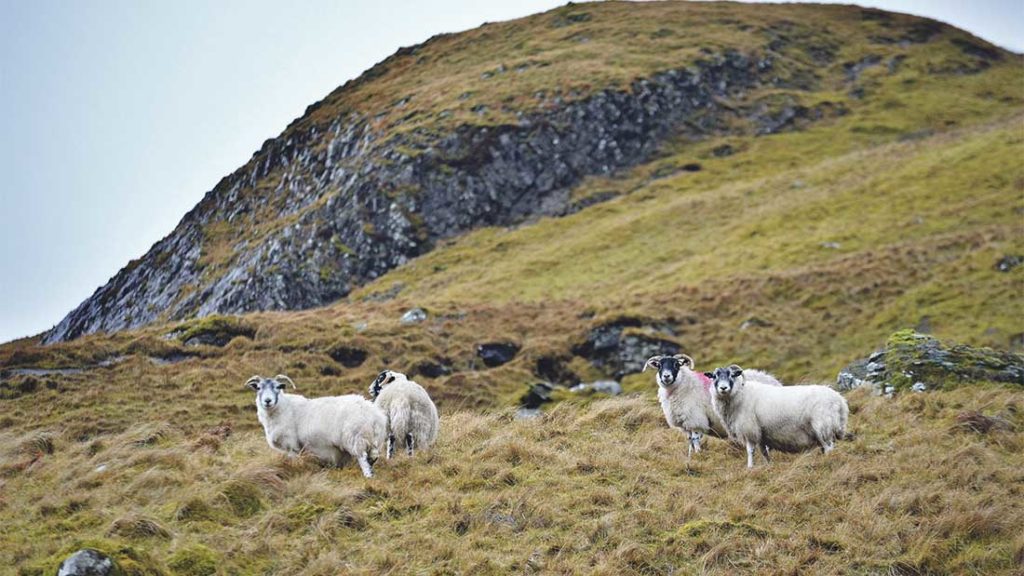Emergency Feeding of Hill Ewes
26 April 2018Hill ewes are getting well through lambing, but with ewes leaner, a scarcity of grass, and low forage stocks, emergency feeding must be given to aid milk production and maintain condition of the ewe.
If possible handle ewes and separate the leanest ewes and target feeding on their condition and lambs carried. Ewes require energy and protein for maintenance, growing a lamb(s), birthing and producing milk and colostrum. If grass is scarce and there is no alternative forage available continue feeding concentrates twice a day (no more than 0.5kg in one feed). The lactating ewe has a higher demand in energy and protein than in pregnancy and if she is already thin feeding is required to prevent further condition loss and to keep milk on.
Where ewes are back on the hill and in harder to access areas, place molasses, buckets and/or blocks in usual loafing or grazing areas, where the sheep shelter etc. this will maximise the potential intake of the supplementation.
Producers need to remember that they are not alone in having problems with lambing this year. There are people that can and want to help and support. Those facing problems should speak to their advisor, vet or nutritionist.
Ewes in poor condition will need careful management throughout the summer and autumn to be back in good condition for tupping time. Speaking to someone now can help with planning health and nutrition for the coming season including worm and fluke strategies, mineral and vitamin supplements, lactation feeding, weaning and managing the weaned lamb.
Kirsten Williams, Sheep Specialist
If you found this article useful then we also have articles on Thin Cows Still To Calve and Thin Cows and Calves at Grass
Sign up to the FAS newsletter
Receive updates on news, events and publications from Scotland’s Farm Advisory Service

